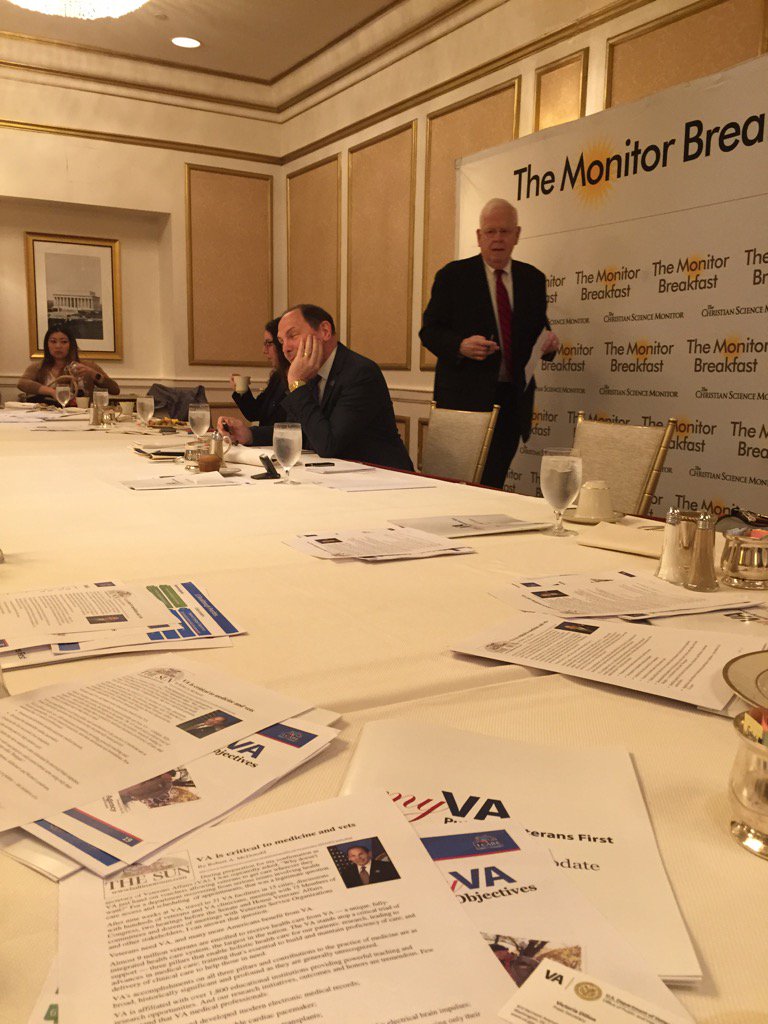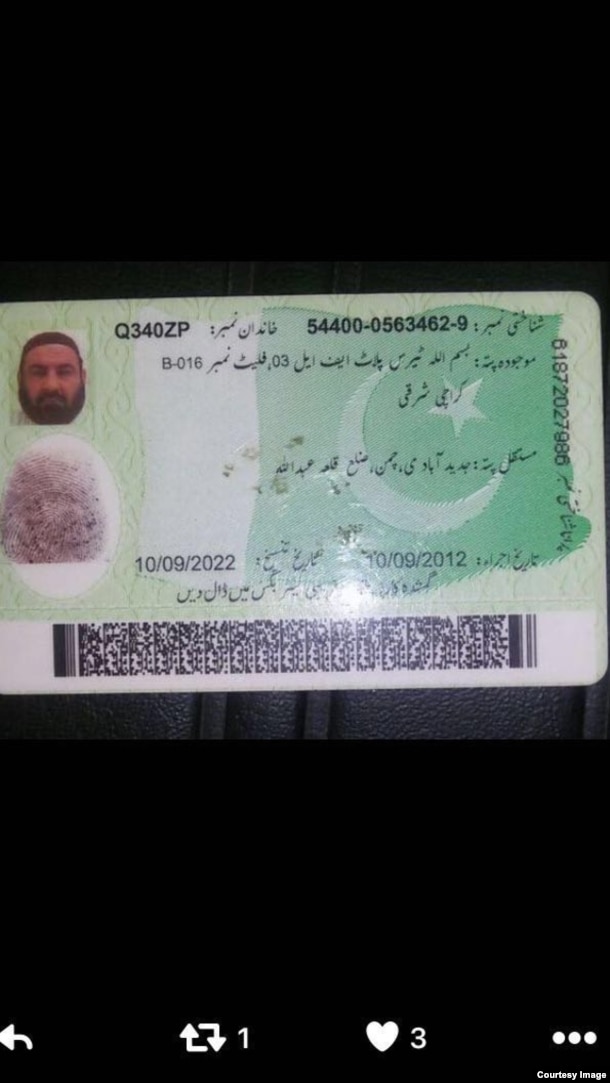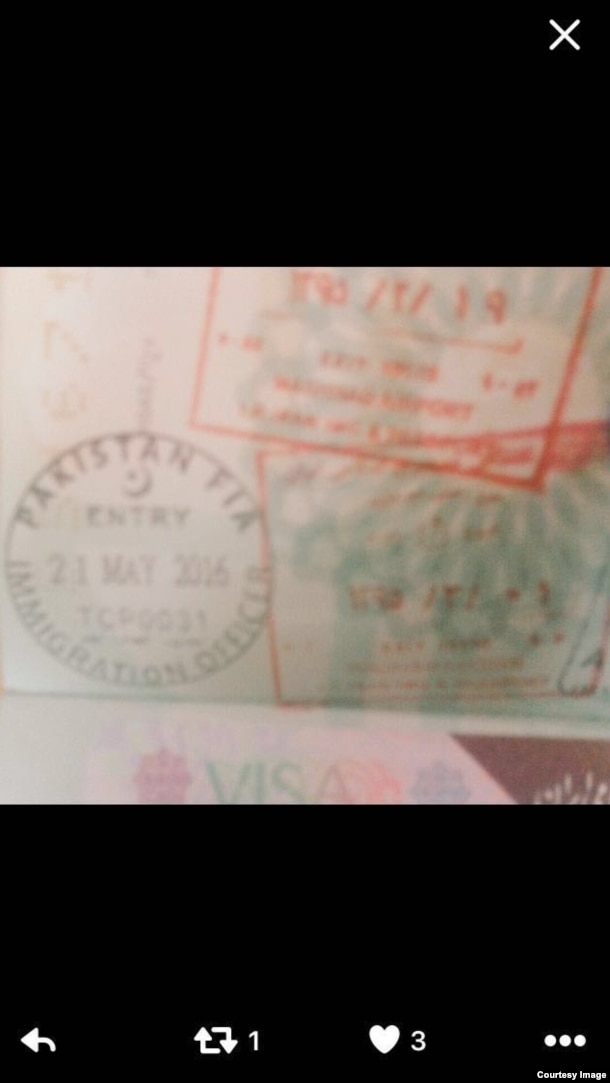Amazing what details can be uncovered and how dates and people all seem to tell a much different story when facts are compiled.
A deeper look is required into Ploughshares and the deep relationship with the White House, as the world has been punked by some well placed organizations and some money…imagine that.
Related: White House Makes the Case for Iran Diplomacy (lots of details here)
Related: Ploughshares at the White House in 2011
Related: Where did Ploughshares get the Money? (Whoa on this one)
Related: Commitments, Verification and Next Steps (Ploughshares going to do the work?)
The Secret History of the Iran-Deal ‘Echo Chamber’
By Eli Lake
Bloomberg: A network of advocates, experts and messaging specialists the White House says helped it sell the Iran nuclear deal in 2015 actually began to campaign for such an accord four years earlier, before the real negotiations started.
Last week I was leaked e-mails and documents from an internal listserv operated by the arms control nonprofit Ploughshares Fund. That foundation has come under scrutiny after the New York Times Magazine quoted top White House foreign policy aide Ben Rhodes boasting how the foundation amplified the White House message in 2015 on the Iran deal. Rhodes told the magazine that supporters of the deal comprised an “echo chamber,” suggesting the independent experts were tools of a White House media campaign.
But the messaging work from Ploughshares on Iran began long before there was any Iran deal and long before Rhodes convened his regular meetings with progressive groups on shaping the Iran narrative.
Beginning in August 2011, Ploughshares and its grantees formed the Iran Strategy Group. Over time this group created a sophisticated campaign to reshape the national narrative on Iran. That campaign sought to portray skeptics of diplomacy as “pro-war,” and to play down the dangers of the Iranian nuclear program before formal negotiations started in 2013 only to emphasize those dangers after there was an agreement in 2015.
The strategy group, which included representatives of the Arms Control Association, the National Security Network, the National Iranian American Council, the Federation of American Scientists, the Atlantic Council and others, sought to “develop process and mechanism to implement Iran campaign strategies, tactics and narrative,” according to an agenda for the first meeting of the group on Aug. 17, 2011.
As a nonprofit, Ploughshares discloses annually the organizations that receive its grants. But until now, the way this network of nonprofits, advocacy organizations and policy experts coordinated its media campaign has been shrouded from the public.
The members of that network had two things in common. They all received substantial grants from Ploughshares and they all sought to prevent a war with Iran. But at the time, the progressives assessed the situation was bleak. An August 2, 2011 memo from Heather Hurlburt, then executive director of the National Security Network, and Peter Ferenbach, a co-founder of ReThink Media, shared with the group an assessment of the “media environment” on Iran and concluded it was “extremely difficult.”
The problem, according to Hurlburt and Ferenbach, was that in 2011 a succession of news stories on Iran, ranging from reports of progress on the country’s nuclear program to the Treasury Department’s designations that accused Iran of colluding with al Qaeda, had put progressives on defense. “We are left in the position of responding to the news headlines and parrying the negative commentary that follows,” they wrote.
Among the authors’ recommendations was that the Iran Strategy Group attack conservatives who advocated military strikes. “On a messaging note, it would be best to describe them as ‘pro-war,’ and leave it to them to back off that characterization of their position,” they wrote.
This approach became a centerpiece of the White House’s own message four years later when Obama was selling his deal to Congress. In a speech at American University that summer he said, “The choice we face is ultimately between diplomacy or some form of war.”
And yet while the Iran Strategy Group’s message about critics of the deal was echoed by the White House, the group’s initial messaging on Iran itself was much different between 2011 and 2013 than what Ploughshares and its grantees ending up saying in 2015. When the White House and its surrogates were campaigning for the deal in 2015, they emphasized how close Iran was to producing the fissile material needed for a nuclear weapon. Joe Cirincione, the president of Ploughshares, made this point in a piece for Slate after the deal was announced when he wrote, “without the deal, Iran could use its centrifuges to purify enough uranium for one or more bombs within weeks.”
This is not an accident. As I reported last year the White House declassified its estimate that Iran was three months away from producing enough fuel for a weapon in April 2015, after a framework for the Iran deal was agreed in Vienna, even though the intelligence community had assessed for more than two years that Iran was three months away from weapons-grade fuel.
Back in 2011, the Iran Strategy Group drafted a set of talking points called “Key Points on Iran and Nuclear Weapons.” Joel Rubin, the director of policy and government affairs for Ploughshares between 2011 and 2014, wrote in an e-mail to the strategy group, “We believe that this paper will help each of you to clearly enunciate, with confidence, a consensus view on how to argue for a sound U.S. policy towards Iran.”
The talking points — drafted by Paul Pillar, the intelligence analyst who was the lead author on the 2002 National Intelligence Estimate shared with Congress before the Iraq war — stressed that diplomacy was the best way to decrease the likelihood Iran went nuclear and that bombing Iran’s facilities would be counterproductive. But the talking points also included “An Iranian nuclear program is not imminent”; “An Iranian nuclear weapon is not inevitable”; and most controversial “If Iran develops a nuclear weapon, the United States and the West could live with it, without important compromise to U.S. interests.” Obama himself has contradicted that last line for years, arguing that he would be prepared to use military force to destroy Iran’s nuclear program if diplomacy did not work.
The Iran Strategy Group sought to play down Iran’s nuclear program as late as 2013. E-mails between strategy group members in August of that year in anticipation of the International Atomic Energy Agency’s report on Iran’s nuclear program that was released at the end of that month show that the network was already in campaign mode. In an Aug. 20, 2013, e-mail to the Iran Strategy Group, Cirincione encouraged the Ploughshares grantees to “create a social media, web, expert push that carries our main points into the media and policy discussions in the first 12-24 hours.” He recommended that the points the group pushed in the media should include the argument that making enough highly enriched uranium for a single bomb “is just one step in a long weaponization process,” and that while Iran’s decision to start the Arak plutonium reactor was not good, it was “also just one step in a long alternative path to nuclear material for a weapon.”
The timing here is important. In September 2013, Iran and six other great powers including the U.S. announced the beginning of nuclear talks that ultimately produced the agreement in 2015.
Rubin, who is now president of the Washington Strategy Group, told me that the difference in talking points for the Ploughshares network between 2011 and 2013 and then in 2015 reflected the state of diplomacy with Iran and the real concern for progressives that Israel or the U.S. would bomb Iran’s nuclear facilities. “The difference between 2011 and 2015 was that there was a different reality of what was taking place on the ground in terms of the negotiations and the process,” he said. “Ahmadinejad was the president in Iran, there was no negotiation process, and much of the chattering class was talking about when will Israel or the U.S. drop the bomb on Iran in 2011.”
When asked for comment on the story, Ploughshares communications director Jennifer Abrahamson said, “As a nonpartisan public foundation dedicated to reducing nuclear threats, Ploughshares Fund is proud to have supported a network of longstanding experts that helped stop Iran from building a bomb without starting another war in the Middle East.”
That pride is apparent. After a critical story from the AP last week on Ploughshares grants to National Public Radio, Cirincione went on the attack. In a column for Huffington Post suggesting the AP story was part of a campaign from opponents of the Iran deal to discredit him and his organization, he wrote, “Neoconservatives are furious that their efforts to trick the country into another unnecessary war in the Middle East failed.”
Don’t be surprised if you hear Ploughshares grantees repeating that. It sounds like a talking point.










